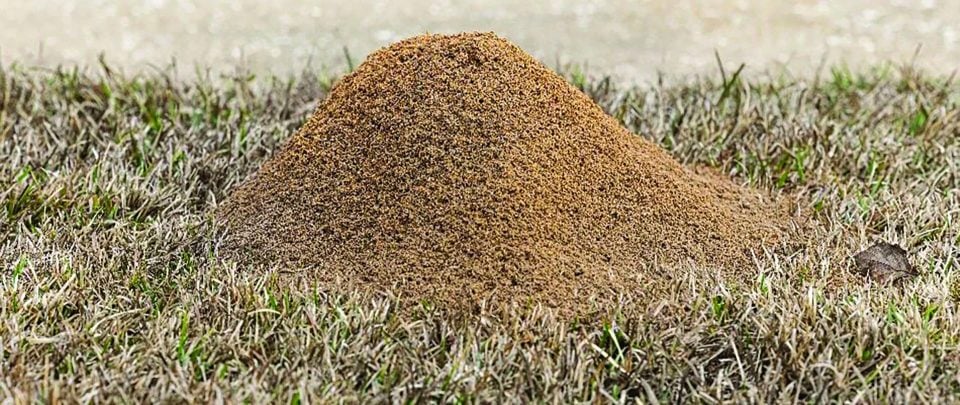
God’s Little Warriors
July 2, 2024
Pilots for Patients
July 2, 2024Crawfish. The 2024 season has been a tough one. Heat, drought, a low Atchafalaya, and salt-water incursion have all converged to drive prices up and availability down. But the season wasn’t tough on just crawfish farmers and crawfish eaters. While farmers fished hard to make humans as happy as possible, our muddy, little, pincered friends have worked hard to make themselves as happy as possible as well. If they didn’t get caught in a trap or a net or an egret’s beak this summer, crawfish have been lounging deep in their cozy, water-cooled burrows with their ten legs propped up on a pile of decaying plant litter that they’ll slowly eat while avoiding the 21st century heat above on the surface. By fall, when the rice harvest is done and other pond litter starts to die, this summer’s survivors will wax sensual and mate to create the 2025 and future harvests. Eggs will hatch in spring, and crawbabies will get their little pincers busy chopping away at plant stubble and then proceed to molt and grow and molt and grow in a circle of life conceivable by neither Mufasa and Simba nor Elton John and Tim Rice (although lyricist Tim was clearly named for the favorite eats of Louisiana pond crawfish).
Shrimp. Summer marks the great shrimp shift change in PoV Country, when harvesting transitions from brown shrimp season to white shrimp season. But in certain locations outside of PoV Country, this bounty of two-toned seafood riches may represent the last shift change ever. Earlier this summer, America’s biggest seafood chain, Red Lobster, filed for Chapter 11 bankruptcy protection. They’d been closing hundreds of restaurants since 2023, but that’s not because of the lack of lobsters. Rather, it’s the corporation’s failure to turn a survivable profit on our precious, little ten-legged prawns. With no competitive price control for shrimp due to a supplier monopoly, and despite making that “limited-time all-you-can-eat shrimp” deal a permanent menu item, Big Red simply could not turn a profit on shrimp. What a cautionary tail! It’s worth noting that there has never been a Red Lobster restaurant operating in PoV Country. Had there been, given our historic industry and rate of consumption, they would have surely turned a profit. Not to open a restaurant here is pure corporate stubbornness. Sometimes in the shrimp business, you just gotta break the heads.
Lobsters. Although they may be common to the aquarium in the seafood department of your local supermarket, lobsters are not native to PoV Country. And with our local abundances of other native seafoods, crustacean and otherwise, there’s not much call for it. Besides, can you imagine what conflict would arise when our cajan blue crabs would find yankee lobsters eating their favorite snack fishes? Talk about an MMA bout! (That stands for Mixed Marine Animals in this case.) Frankly speaking among humans, lobsters just take up too much room in the ice chest and in the pot, and after they’re boiled they’re just too hard to peel. You know what happens when you pinch the tail of a boiled lobster? Absolutely nothing. But an enterprising business has figured out how to make it easier for Cajuns and others to break the heads on this lumbering crawfish wannabe. Next time you’re visiting a Costco wholesale store, check out the frozen seafood aisle and look a product called “naked lobster.” Naked lobsters are real lobsters treated with high pressure that separates the hard shell from the soft, pink meat. The pink meat is pressure-sealed under transparent plastic wrap so that you can view the pale, unshelled lobsters in all their birthday suit glory. But buyer beware! If you were ever frightened by those soft and boneless Cabbage Patch Kids dolls with their spongy, cloth bodies and oversized heads, then naked lobsters will downright terrorize you. Imagine Vienna sausages mashed and re-formed into a fat, segmented, wormlike body and flaccid pincers with some red food coloring dabbled here and there. The can of Viennas in the nearby canned meat aisle will be less expensive and less grotesque.
Crabs. We’re in the peak of crab season here in PoV Country. Drop a trotline here and there and watch it get tense as big blues drag down the dangling chicken necks. Of course, in PoV country you gotta throw the females with pon-pons back into the water so they can finish making more crabs. But, in Italy, they don’t care so much about that. In Italy, blue crabs have become an invasive species and threaten to destroy the seafood ecosystem there. What’s worse? restauranteurs don’t know how to cook them. No predators and no recipes— that never happens in PoV country! Even with a few novel recipes and brave restauranteurs, Italians cannot seem to eat themselves out of an ecosystem catastrophe. (Another thing that never happens here!) So, our calamaro-eating friends have started crating captured crabs and shipping them back to restaurants in the U.S., like in Florida and elsewhere along the Gulf Coast. And so, courtesy of Google Translate, I learned a little helpful Italian, suitable for a yard sign, that I now share with my follow blue crab aficionados on the bayous: “Amici! Spedisci qui i granchi blu! Free shipping!” Though I have not received any blu granchi from my amici yet, I hold out for hope like I hold onto a bottle of crab boil: After all, summer in the Northern Hemisphere is young yet.



